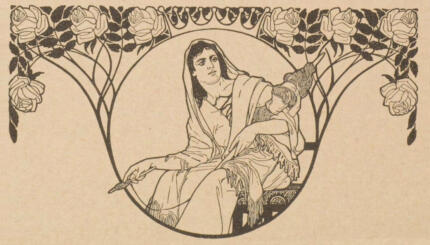We recently took a weeklong road trip through Alabama and Georgia, presenting Jewish Social Justice modules from the ISJL Community Engagement Department’s newest program, ASK (Act, Share, Keep). Along the way, we met with a variety of participants, aged 9-98, from congregations, college groups, a retirement home, a summer camp, and other Jewish organizations. What was it like, bringing the same social-justice-study session to different communities?
Maybe unsurprisingly, but definitely inspiringly, we found that each group had a beautiful and unique interpretation of and interaction with the content.
The module, entitled “‘Imagine’ a Just World,” invites participants to engage in chevruta study and a collaborative art project guided by John Lennon’s song “Imagine” and text from B’reishit (Genesis) in order to envision what a just and peaceful world might look like. As could be expected, this task looks strikingly different with a group of 5th graders at a summer camp than it does with a group of elders who could easily be those campers’ great-grandparents.
Participants brought their own perspective and style to their paintings. Everyone was inspired by the same text in diverse ways.
Interestingly, the younger participants who heard the words of B’reishit tended to interpret the text abstractly. When God created darkness and light, the campers splashed their papers in a variety of colors. Creatures of the earth became monsters, masses of color with little definition. When the campers completed their art, no two papers looked alike. However, the younger participants reached a consensus about one thing: they wanted to take their pieces with them. The youngsters were excited to keep and share their collaborative art work. Unburdened by expectations, yetzirah (creativity) flourished within and among the campers.
We found that the opposite was true for adult audiences. When God created light, they painted a sun. When creatures swarmed the earth, birds took shape on the paper. Perhaps as our understanding of the world becomes more abstract, our collaborative painting grows more realistic (or perhaps, birds are fun to paint). The adults were realistic with their expectations and understood that by painting a familiar symbol, the rest of the group would be silently clued into their vision. The work of creation and vision-setting is easier when we invite others to share in our process.
Whereas the children wanted to keep leaving their mark, the older half of the spectrum were fine with passing on their work. This reflects much more than painting with watercolors. In Judaism, l’dor vador (from generation to generation) is an ever-present idea. Older generations pass on the figurative baton to the younger ones, who are hungry to make a difference in the world for the next generation to come.
Both generations felt a personal responsibility to those around them. Judaism is not just about the individual, but the group as a whole. The watercolor activity highlights the power in working together to create something beautiful—to create a just world.
The consensus among everyone who participated in imagining a just world was that our work is not done. While our younger participants saw that it worth building on what came before us, our older participants understood that our work continues beyond our time. In facilitating the same activity with such diverse age groups, we got to see the embodiment of Pirkei Avot 2:16, which says, “It is not your responsibility to finish the work, but neither are you free to desist from it.”



